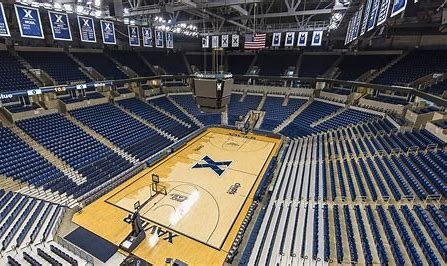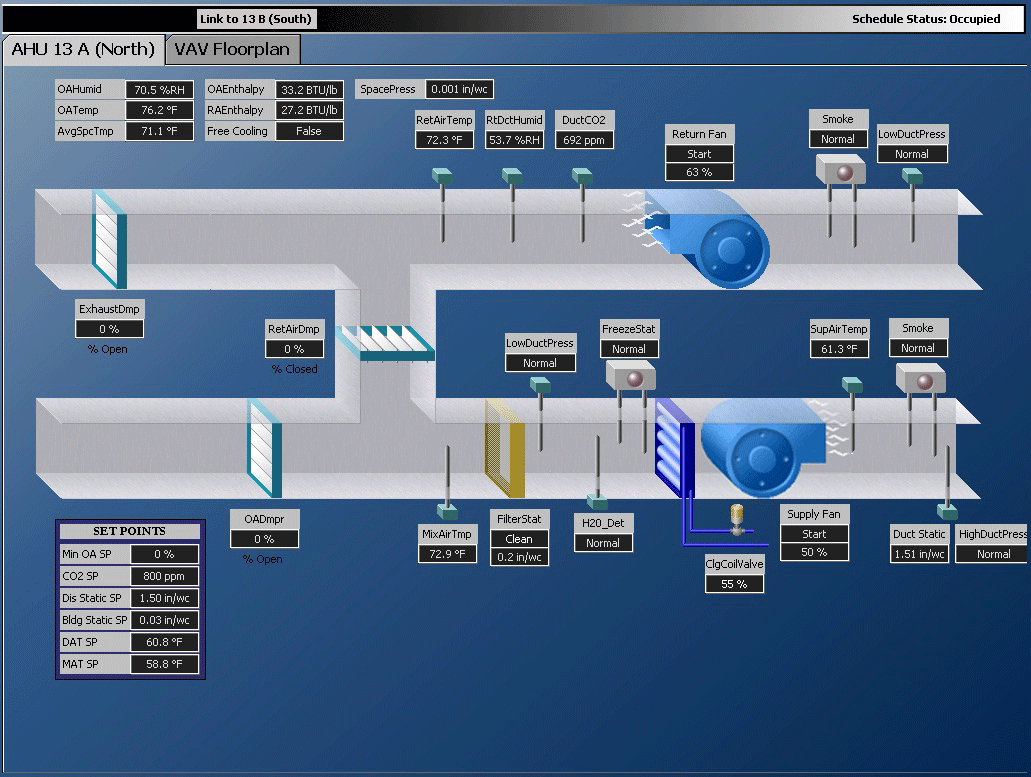Sustainable Buildings
Since 2010, Xavier University has been dedicated to building their new buildings according to LEED (Leadership in Energy and Environmental Design) Standards. The U.S. Green Building Council states that buildings that are built to the official LEED specifications achieve the following goals:
- Reduce contribution to global climate change
- Enhance individual human health
- Protect and restore water resources
- Protect and enhance biodiversity and ecosystem services
- Promote sustainable regenerative material cycles
- Enhance community quality of life
Listed below are some of Xavier's buildings that meet LEED specifications, as well as a few of the specifications that they meet:
- Alter Hall
- Public Transportation Access
- Bicycle Storage and Changing Rooms
- Various Low-emitting Materials
- Water Efficient Landscaping
- Health United Building (HUB)
- Low-Emitting and Fuel-Efficient Vehicles
- Parking Capacity
- Heat Island Effect—Non-roof and Roof
- Various Low-emitting Materials
- Conaton Learning Commons
- Smith Hall
- Justice Hall
- Maximum Open Space
- 30% Water Reduction
- Construction Waste Management
- Recycled Content in Materials and Resources of Building
- Central Utility Plant
- The Central Utility Plant was designed to meet the criteria of a LEED Silver rated building. Since the building was built on previously developed land, it effectively reduces the impact made on undeveloped land.
- Hoff Academic Quad
- The HAQ includes both the Conaton Learning Commons and the Williams College of Business building, Smith Hall. They were both designed from a mechanical and electrical standpoint with the same sustainable features in both projects: water efficiency, energy & atmosphere, and indoor environment quality. In terms of water efficiency, both buildings are designed to reduce overall water consumption by 20%. The faucets use flow restrictions to reduce water waste. In terms of energy & atmosphere, major components of the buildings are enhanced to help save energy and therefore reduce greenhouse gases. This includes improved glazing for all windows, elimination of ozone depleting refrigerant from the project, using high efficiency lighting and motors, and much more. These enhancements help to realize a 14-17.5% reduction in overall energy consumption. Finally, in terms of indoor environment quality, many features are implemented: fresh air coming into the central air systems is constantly measured, there are high efficiency air filters to clean the outside air and re-circulated air, and these lead to 30% more fresh air than required by code minimum in the building.
- Out Lady of Peace Chapel
- The HVAC system for the chapel uses a geothermal heat pump, sometimes referred to as earth-coupled heat pumps. They use the relatively constant temperature of the earth as the exchange medium instead of the outside air temperature. The Department of Energy estimates that a geothermal pump can reach up to 600 percent efficiency on a cold winter night. On average, you’ll reduce energy consumption by up to 50 percent.
WELL Standards
In addition to our goal of LEED certification, Xavier is committed to reducing a building's environmental impact while also enhancing occupant health and comfort. While LEED effectively evaluates environmental performance, we aim to incorporate the WELL Standard to assess and improve health and comfort within our spaces.
Demand Response Program
Each year Xavier University participates in a two-hour energy audit to demonstrate the Universities ability to curtail electricity usage. The audits are part of a commitment to reduce the University's electrical load during extreme conditions and we accomplished this goal by cutting back our electric consumption by two-thirds. This achievement qualifies Xavier for a rebate on its electric costs and positions the University to better support an electrical reduction in the event of an emergency.
LED light Conversions
Over the past couple of years, LED lighting has been installed in:
Albers Hall Alter Hall Buenger Hall Cintas Center Cohen Center Gallagher Center
Husman Hall Kuhlman Hall Lindner Hall Logan Hall Manor Apartments
These changes result in 40% reduction in electricity consumption, yet they still put out the same amount of light, while reducing Xavier's carbon footprint. This energy conservation, coupled with rebates from Duke Energy, will enable these projects to pay for themselves in about two years. The LED lights also have the added benefit of lasting years longer than the fluorescent lights they replaced.

Building Automation System
A building automation system (BAS) involves integrating a range of components within the structure, such as elevators, security alarms, air conditioning, ventilation, lighting, and heating. Building owners can implement this type of infrastructure via a retrofitting process (for existing structures) or during initial construction.
A 2011 DOE study revealed that an average of 40 percent of the energy costs in commercial buildings is due to HVAC use. Slashing that figure in half is possible with the help of building automation. An integrated BAS can make water chillers, boilers, refrigerators, lights, and major energy-consuming devices more efficient.

A Sprinkler System that Saves
A healthy, beautiful garden needs just the right amount of water to thrive. Hydrawise automatically adjusts watering based on highly accurate, internet-source local weather data. The system looks at the forecast and past history to ensure that just the right amount of irrigation is applied. This is accomplished via advanced Predictive Watering™, which fine-tunes watering based on the weather data. This leads to significant water savings from your sprinkler system, saving you both time and money. Water savings as high as 50% cab be achieved with predictive watering.
The Virtual Weather Station (VWS) is created based on the geographic location of each controller. The VWS uses complex algorithms, satellite data, physical weather stations nearby, atmospheric data from airplanes, and pressure readings from mobile phones to calculate a comprehensive, highly accurate history for the selected location.